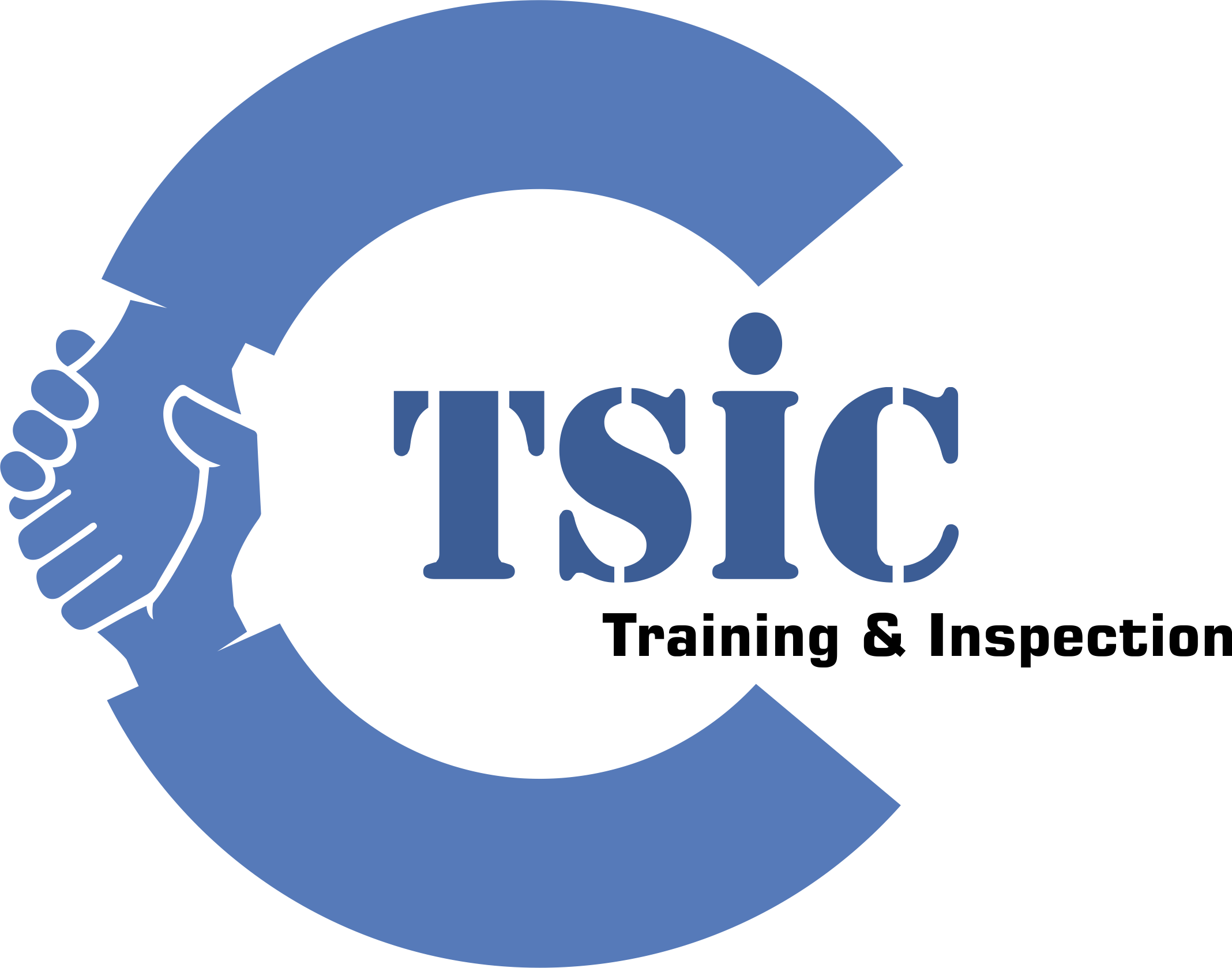Workflow control rules additional resources are a characteristic found in work management devices that enable businesses to automate and streamline techniques by identifying the sequence of activities that must be taken up complete a job. They are usually triggered by incidents or conditions and can include things like assigning tasks to the appropriate person, sending notifications, updating records and generating progress studies.
Any task, regardless of their complexity, can be open to real human error and in some cases the most sophisticated workflow are not able to eliminate that risk entirely. However , a well-designed work may reduce this significantly through the elimination of unnecessary steps within a process and making sure that responsibilities are completed in the same way each time, resulting in reduced risk and better effects.
With a work in place, users can focus on the core organization and less about managing mundane tasks. This may cause increased productivity and improved upon results. Moreover, the use of a workflow can help reduce costs by ensuring that resources are being used efficiently.
For example , a service staff can build a workflow that immediately designates the correct personnel to an occurrence record by creation or perhaps edit based upon a requirements defined by system forvalter. This can greatly reduce the number of instances that are misassigned or whose approver is not the meant one, therefore saving time and resources.
A well-designed work flow can also lessen hazards by constraining the potential routes a need can take, to illustrate by using guidelines that limit who can head out a task to In design and style or By simply design. This can prevent staff from totally wasting time over the wrong activity, while allowing for managers to monitor improvement and make study course corrections wherever necessary.
